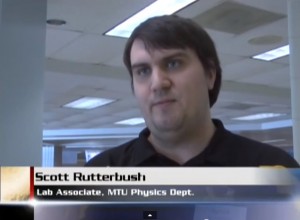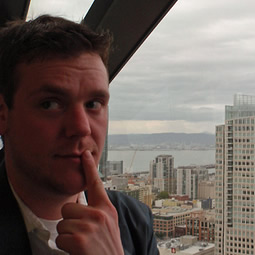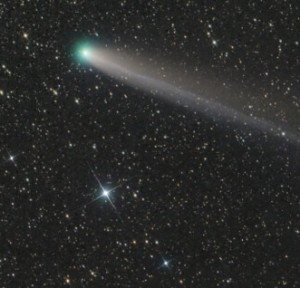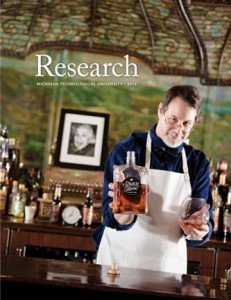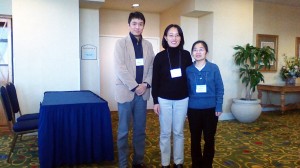The Western UP Center has posted results and photos of the 2014 science fair held at the Memorial Union on March 25, 2014.
View Results, Project Pictures, Festival Pictures, and News
Science comes to life
Fourth- through eighth-graders attend science fair
From whether water concentration varies with snow depth to whether colored overlays improve readability, students asked questions and showed their answers Tuesday night at the Western U.P. Science Fair and Science and Engineering Festival.
Additionally, students, their families and the public attended the Science & Engineering Festival downstairs in the Memorial Union Building. Exhibits ranged from 3-D printers to how to clean oil spills. Unlike previous years, the festival was also open to children not participating in the fair.
Read more at the Mining Gazette, by Garrett Neese.
Copper Country students show off their work at regional science fair
The Memorial Union Building at Michgian Tech was filled with student from grades four through eight for the annual Western U.P. Science Fair yesterday…not a bad turnout for an event that started off with six students participating in its first year.
And the activities were wide-ranging, from making silly putty using glue to making ice cream using liquid nitrogen. One demo that caught the eye of many involved a vaccuum and a ball. Physics lab associate Scott Rutterbush explained what happens.
“When we take a ball and we place it in the stream of air, what you actually get is, the air around it pushes up on the ball slightly, allowing it to spin and holds it in the air,” he said.
Read more and watch the video at ABC 10 WBUP WBKP, by Mike Hoey.


